 |
| 1920 Harmony Uke |
Of course Sears was one of the nation’s largest retail merchandise stores, especially in their catalog sales and they sold many musical instruments especially guitars.
The company was based in Chicago, as was Sears. The man leading Harmony was Joseph Kraus.
Sears retained him as chairman of the company through 1940.
 |
| Harmony Factory |
Harmony was possibly the first company to build a long neck Pete Seeger style banjo, before Pete made his version.
By 1923 Sears sold over a quarter of a million instruments. Seven years later this figure had doubled.
 |
| Harmony Smeck Vita model |
Harmony was producing guitars, banjos, and mandolins. Sears, Roebuck and Company sold Harmony instruments under their own Silvertone brand name. However Harmony produced musical instruments under at least 57 brand names for other wholesale and retail organizations.
 |
| Harmony Monterey |
Some of the brands that are actually Harmony instruments include Holiday, Vogue, Valencia, Johnny Marvin, Monterey, Stella and others.
Sears bought brand names owned by the bankrupt Oscar Schmidt Company, which included La Scala, Stella and Sovereign.
 |
| Harmony Co exhibit - Lillibridge Gallery |
Like many other guitar companies, Harmony sales peaked in 1964 to 1965 selling 350,000 instruments annually. However foreign competition crept in and sales declined.
Harmony electrics took their queue from Gretsch and Gibson. The pickups were manufactured by Rowe Industries Inc. also known as Rowe DeArmond, which was based in Toledo, Ohio.
Vintage guitar magazine price guide puts the current value of a Harmony H76 at between $1100 and $1200 USD. It sold for $200 to $300 new.
 |
| Sound Project aka Lectrolab |
Harmony Guitar Company shuttered its doors in 1975. By these years the manufacturing had ceased and the company was mainly importing and relabeling Asian manufactured instruments.
The Harmony trade name was sold to the Westheimer Corporation which briefly continued to market imported “reissue” Harmony guitars.
During the 1940’s through the 1960’s Harmony produced a line of archtop guitars But unlike the more expensive instruments made by Gibson, Guild and Epiphone which carved the tops and back of their guitars, Harmony “pressed” the tops and backs to give them the arched shape.
The early Harmony’s had a more painted look on the headstocks, but as the company became busier, the headstock graphics were stenciled, as were the rosettes on their flat top guitars.
Some of their guitars, especially the cheaper models had the binding painted on. Instead of inlaid fret markers, the markers were merely painted in the appropriate places. The tailpieces on some of the models were made of cheap pressed metal. Some low end instruments had the tailpieces or pick guards screwed into the wood.
 |
| Harmony Patrician |
The necks on Harmony guitars did not have adjustable truss rods. Neither did D’Angelico guitars. Instead the graphics on the head stock announce, “Steel Reinforced Neck.” Surprisingly many Harmony guitars have retained a straight neck.
 |
| 1967 Sovereign |
Harmony electric guitars had a wide range of styles and quality.
 |
| Stratotone |
Harmony's line resembled Gretsch and Gibson guitars, but did not have the complicated switching of a Gretsch, nor did the Harmony versions have the quality of Gretsch and Gibson. For the money these were quite nice instrument.
Ironically when Fender was trying to break into the acoustic guitar market, the first guitar line they offered in their catalog was made by Harmony guitars with the Fender brand on the head stock.
When Baldwin purchased Burns and Gretsch guitars, they did not have a classical model, so they had Harmony manufacture “Baldwin” classical guitars. The funny thing is that Baldwin wanted a classic electric model, and one was designed to fit the bill.
Guitarist Jerry Reed loved it, because it came with a Prismatone Pickup. Reed purchased three of these instruments and took them to a Nashville music store to have a luthier install cutaways on each of them.
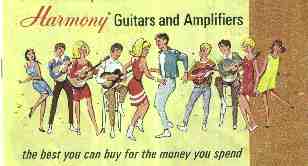


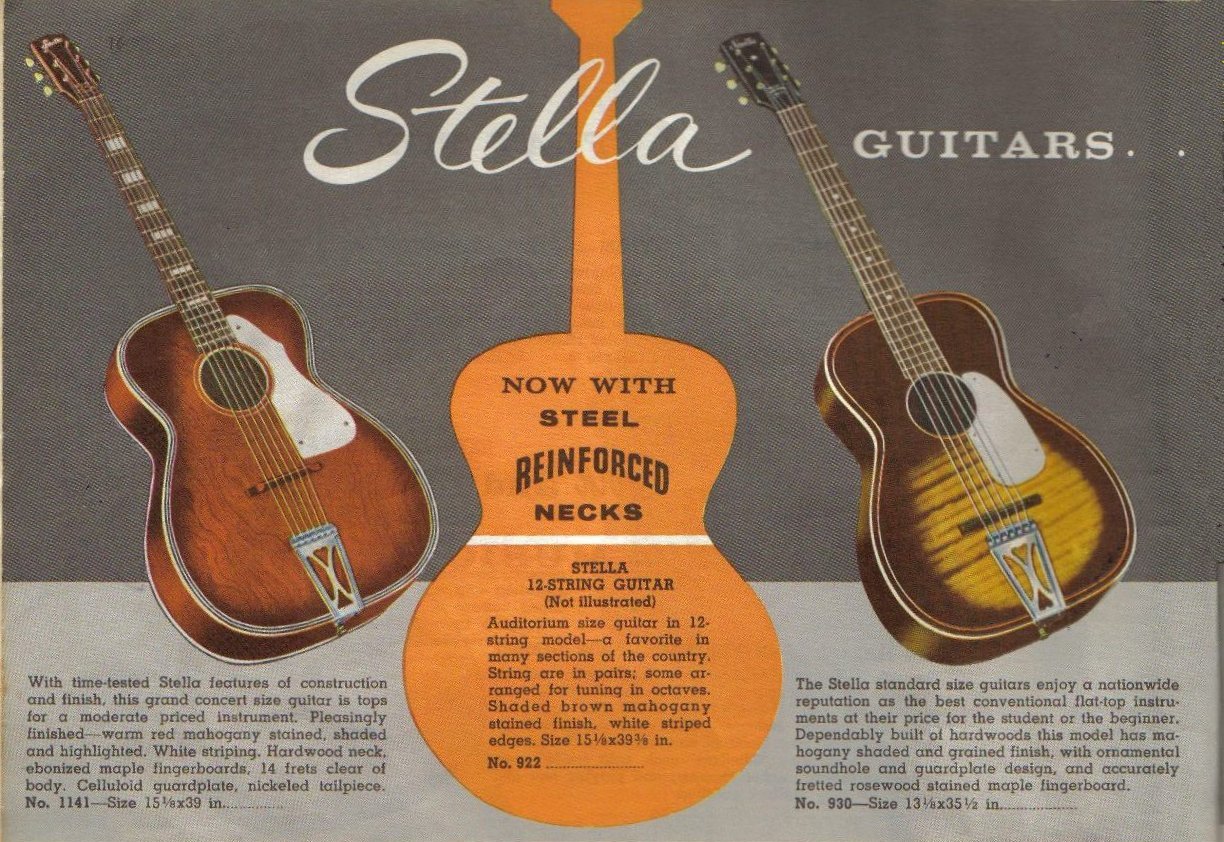
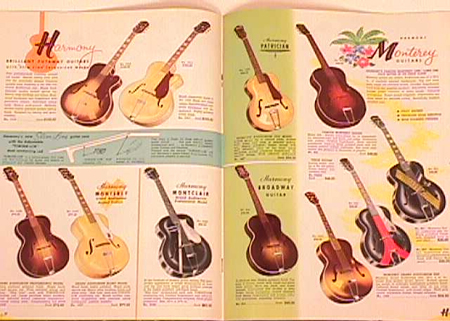

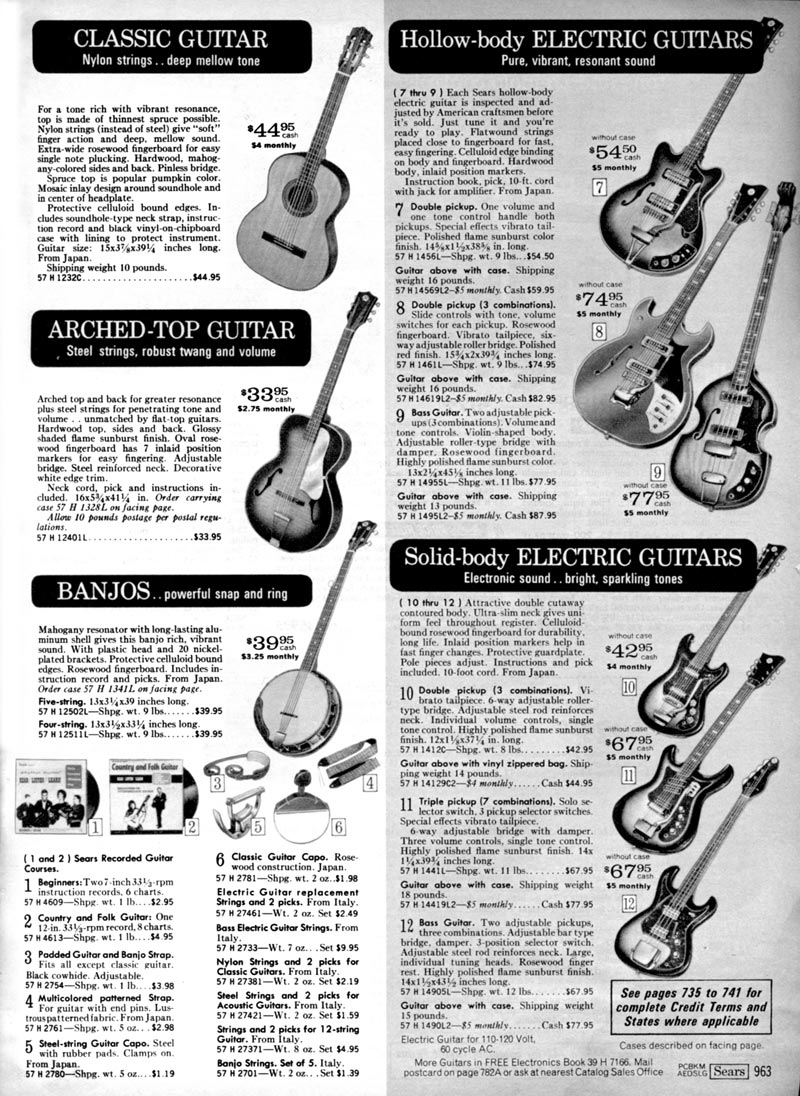


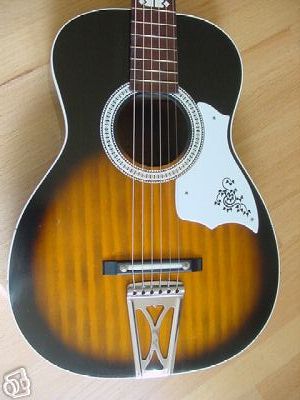




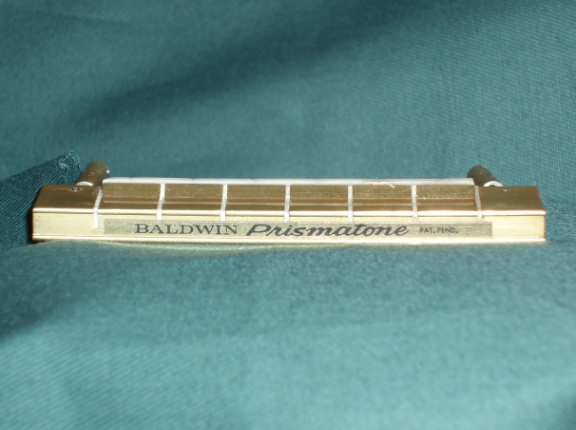
Tidak ada komentar:
Posting Komentar